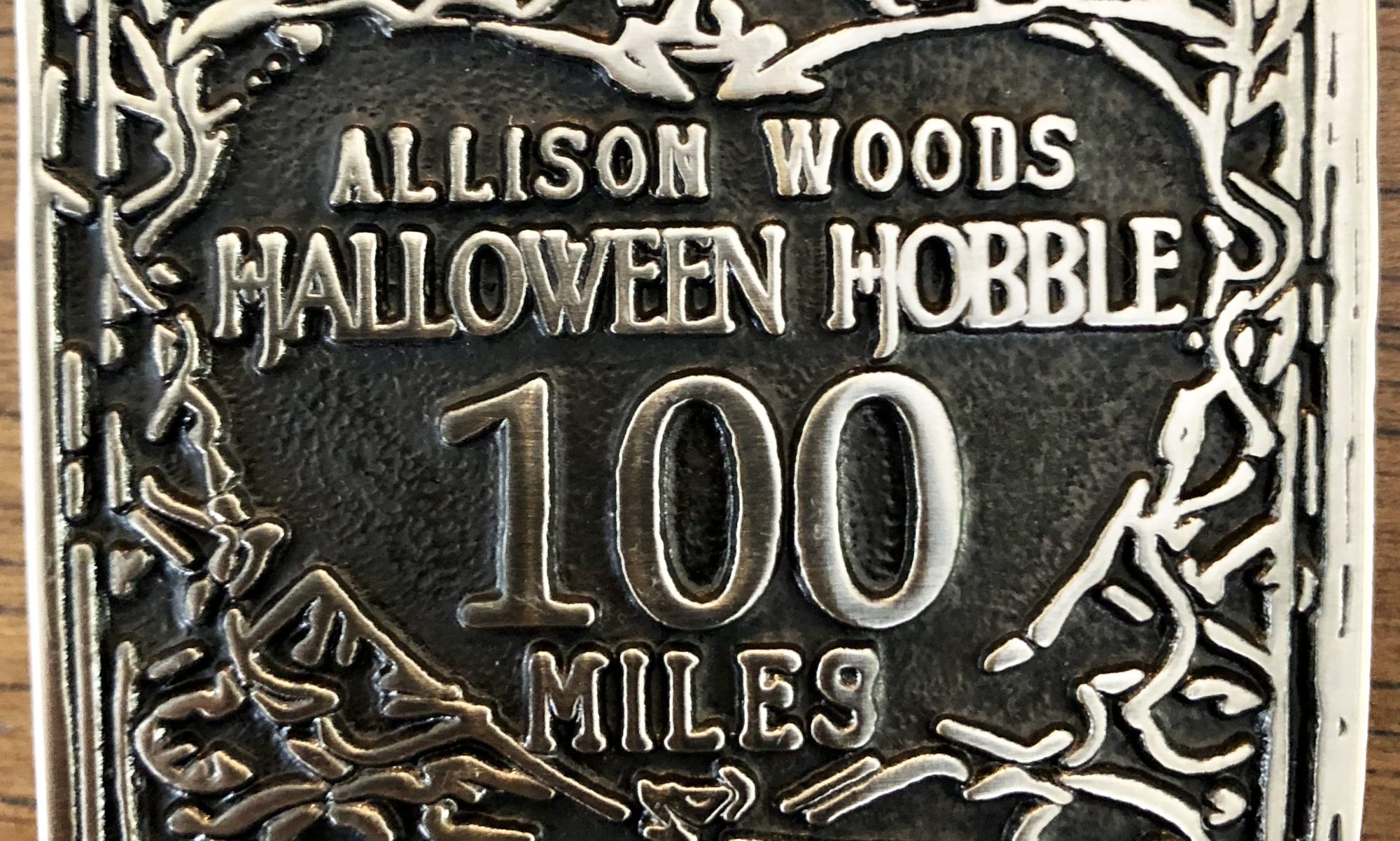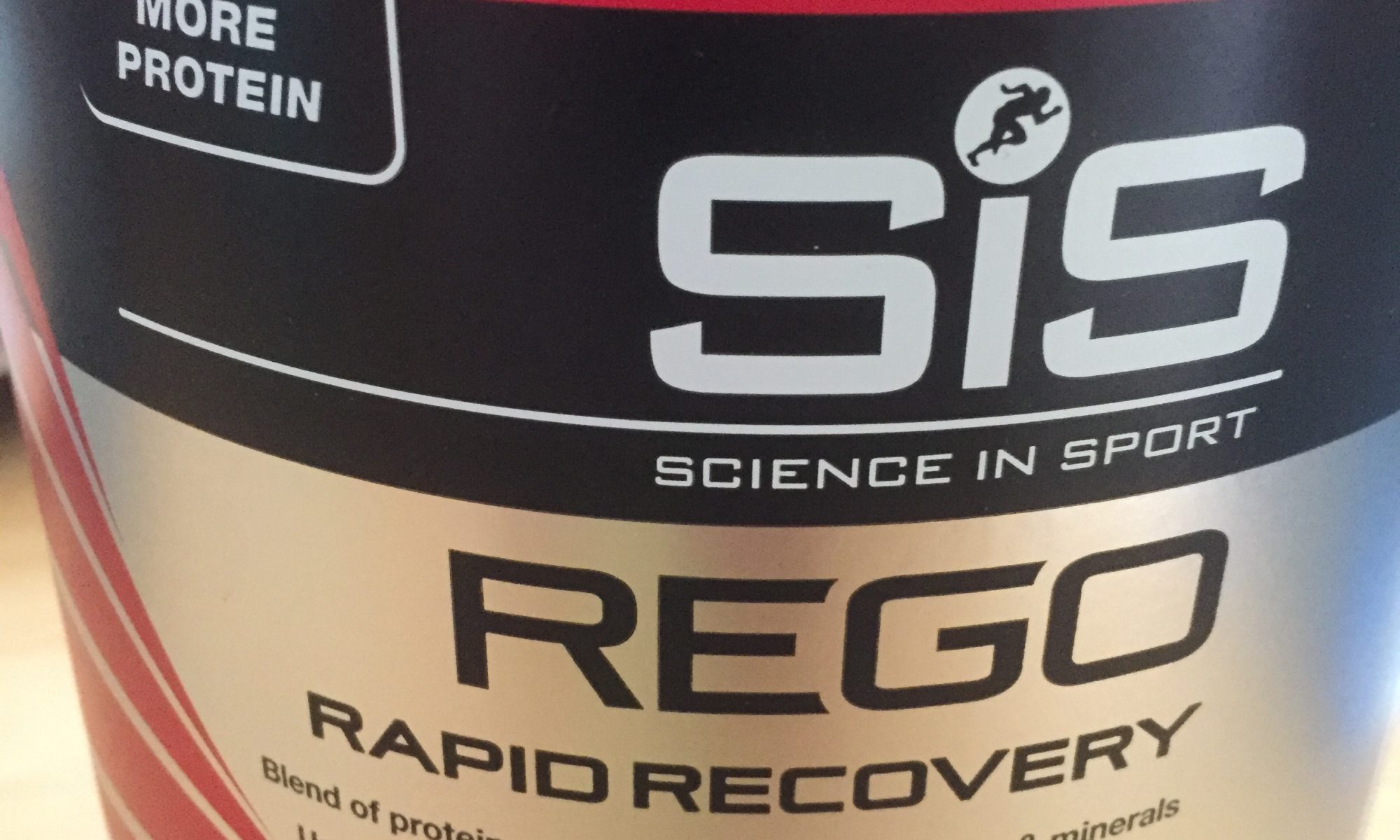In the last blog post “The Four Inputs of Recovery”, I spoke about the four areas that cause the need or impact the length of recovery: base fitness, activity intensity, nutrition/hydration, and rest. In this post, I want to address the recovery process itself and how you can determine the duration of your recovery. Unfortunately, this is not an exact science, but again, understanding the process will allow you the opportunity to create a successful recovery plan.
Recovery is tricky because you need to recover during your training, and after your races. Depending upon your race schedule, you may have time requirements that force you to minimize your downtime as well. In fact, you should plan your race schedule with recovery in mind, if you want to avoid injury and perform at your best. That in and of itself is another blog topic! For now, let’s focus on the recovery process after an intense training session or race. I look at the recovery process itself in three parts.
Nutrition
Assuming that your nutrition is fairly clean in general as you are preparing for a race, I’ll discuss nutrition during your run and immediately after your run. During your run or race, if you take in the proper amount of protein, electrolytes, and carbs, you will help to minimize the amount of damage that you do to your body and create the foundation for a quicker and higher quality recovery. As an example, if you do not hydrate well and ignore your carb intake during a long run, the potential to bonk or significantly deplete your glycogen levels and dehydrate increases a great deal. If you put your body in to a great deficit, obviously you will need a longer recovery and will need to make sure that you get the electrolytes, carbs, protein, amino acids, and nutrients back in as quickly as possible. On the flip side, if you do ensure that you are replacing all of those essential nutrients sufficiently during your run, you will probably recover much quicker. Check out this post on nutrition during your runs here: Handy Little Hydration and Calorie Guidelines by Distance.
After an intense run or race, it is crucial to get some carbs and protein down within 30 minutes to an hour. Your body is craving those things and this window will allow your body to efficiently process the protein and start to help with muscle repair. I know some people who prefer to do this via foods, like a banana with peanut butter on toast, or some type of whole wheat pasta with chicken. For me, I like the convenience of a recovery drink. I use SIS REGO recovery powder and one serving provides 23 grams of carbs, 20 grams of protein, and a bunch of amino acids and electrolytes. I am not sponsored by this company, but I can tell you that compared to most other recovery drinks I have tried, these taste the best and have provided the best recovery for me. Flavors are chocolate, strawberry, and vanilla.
Rest
There are two types of rest in my opinion. There is “active” rest, such as walking, yoga, and low intensity cycling, and there is “non-active” rest such as massage, sitting with your legs elevated, icing, baths, and sleep. Both are very important.
In regard to active rest, after an intense effort, your body may feel sore due to lactic acid build up, and moving in a gentle manner, can help to flush the lactic acid and improve circulation. This will aid in the recovery process as improved blood flow delivers oxygen to your healing muscles. The majority of the time, after an intense effort, I feel much better if I move around, then if I just sit still. My favorite “active” recovery is simply walking. This is usually a great opportunity for me to take a nice long walk with my wife and spend some quality time getting some exercise and catching up on the day’s events. Good for the body and soul!
Non-active rest is just as important. Doing things to reduce inflammation, such as icing or soaking in a bath, go a long way towards you feeling more relaxed, and recharging mentally. There is always a lot of discussion around these types of activities and you can throw yoga and massage in to the discussion as well. There are camps of people who say there is no scientific proof that stretching and massage help runners recover, and there is a group of people who say that it absolutely does. Here are my two cents on the matter. You have to try these types of activities out for yourself, and if it helps YOU, then it helps. I find that all of these activities help me and I enjoy them. That in and of itself goes a long way.
Finally, there is sleep. For the most part, you won’t find many arguments here. The overwhelming majority of people agree that sleep is the time when the body recovers, and as athletes that are pushing the limits of their body, this is absolutely essential. I try and get at least seven hours of sleep on average per night. There always seems to be things that pop up and prevent me from achieving this goal, but honestly, that is on me. When I am disciplined enough, I seem to get this in just like I do my runs.
Duration
The ultimate question! How long? The worst answer. It depends. Sorry, but this is the truth. It depends on all of the factors that we discussed in the last two posts. General nutrition, level of intensity, rest before, during, and after. Etc. But here is the thing. You have to experiment and learn your body. One of the greatest things that I have discovered over the last three years is that through this process of becoming an ultra-runner, I am extremely in tune with my body. I know when I need to eat more or less. I know when I am tired but can still train, or exhausted and need extra rest. I even know the difference between a minor niggle that I can train through and an injury. Some people seem to be able to get by with very little rest, while others need more time, and that is OK. Work on figuring it out and stick with what works for you.
I have a thumb rule I’d like to share though. If I have to choose between an extra work out or extra rest as a race approaches, I always take the extra rest. Here’s why. I would prefer to show up at a race well rested and as injury free as possible, then toe the line injured and have to try and figure out how to get through the race. At that point in the game, your fitness level is either where it needs to be or not and one more workout won’t change that, but an extra day of rest may well be worth it.
Conclusion
While everyone is built different and may require different recovery periods, the levers are basically the same. So, if you review the last two posts and really get a grip on what causes the need to recover and the components of a recovery, you will have everything you need to ensure that you create a successful recovery plan FOR YOU. Don’t be afraid to make adjustments based on how you feel, as you learn more about your body, you’ll get better at knowing its boundaries and needs. Please do not hesitate to reach out to me for questions or suggestions on this topic!
I hope that this post and this blog helps you achieve your dreams! To receive new post notifications, newsletters, and post previews, please SUBSCRIBE!
For behind the scenes photos and comments on my training and personal life, follow me on Instagram: joe_the_runner Strava: Joe Randene YouTube: Joe Runner
Questions, comments, feedback? Please leave them in the comments section BELOW and we can have a discussion!



Great post Joe. This will really come in handy when I start training for my first half marathon next year.
Thanks James, I am excited for that and for your 10k this weekend! Go get it buddy!